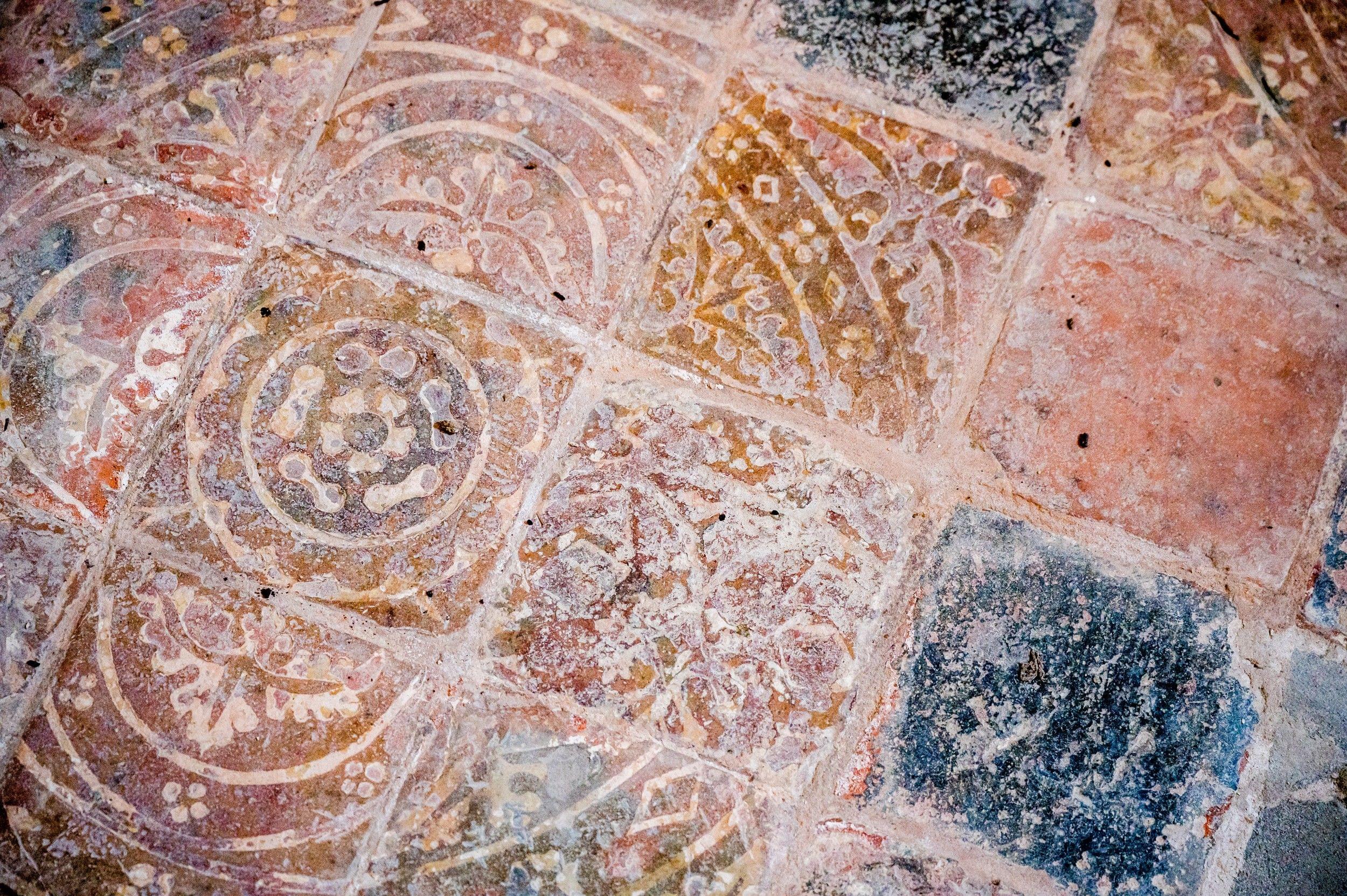St John the Baptist
Throapham, Yorkshire
St John’s is one of the unknown treasures of Yorkshire, as old, if not older than nearby Laughton, the church stands on the site of at least one Celtic well, which had its festival day at Midsummer.

St Leonard’s is an 18th century church built on the site of a much earlier building, the first church in Dinnington was recorded in 1088.
Dinnington, Yorkshire
This original church was destroyed by fire around 1318. It is unknown when the church was rebuilt but it is recorded that by the 1780’s this second church was in a poor state and demolished in 1785. Robert Athorpe, a local landowner, built the present church in 1868.
The church contains the wonderful glass and wood Miners Memorial Screen, dedicated to miners who died at the local pit between 1904-1991. It includes the etched glass ‘Tree of Life’ with four mosaic plaques and two small plaques made by local people. They depict the lives and memories of the community.
The church also contains three splendid stained glass by Kempe and interesting memorials covering the history of village life. It has a 19th century reredos which has the crucifixion flanked by St Peter and St Leonard. There is also an 1860 carved stone font used now as a holy water stoop.
Throapham, Yorkshire
St John’s is one of the unknown treasures of Yorkshire, as old, if not older than nearby Laughton, the church stands on the site of at least one Celtic well, which had its festival day at Midsummer.
Laughton en le Morthen, Yorkshire
Welcome to our beautiful church which dates back to Saxon times.
Anston, Yorkshire
Dating from Norman times, our church will give you a sense of the history of the area whose name derives from ‘Anastan’ a solitary stone and is known to have had prehistoric settlements in the area.